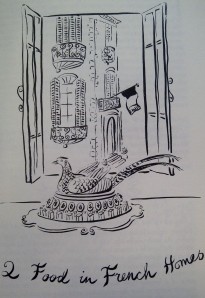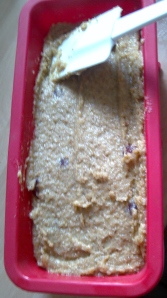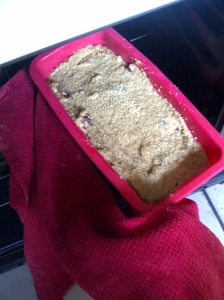Josh Hanagarne is a strong, courageous and inspirational character. He is a proud dad, a public speaker, a Mormon, a librarian, a weightlifter and a published writer. He does all that whilst battling with an extreme case of Tourette’s Syndrome. His memoir; The World’s Strongest Librarian was published by Gotham Books on May 2, 2013.
The book takes a look at some of the challenges he has had to deal with facing Tourette’s syndrome, and how he has coped. More than that; he tries to encourage, inspire and support others. He is heavily involved in helping people with special needs and regularly speaks publicly to groups of people with disabilities. He is dedicated to helping other people like him to discover their full potential. In his book, Josh talks openly about his own neurological disorder and how writing and weight training have aided him. Before undertaking these two very different activities, his ticks and uncontrollable movements caused him physical damage such as broken teeth, a dislocated thumb, and even caused a hernia.
As a librarian, Josh admits that literature is an obsession with him. He did not start writing his own books until his Tourette’s hurt him so much that he couldn’t leave the house. His screaming became irrepressible. He needed botox injections to paralyze his vocal chords leaving him unable to talk. As a social person, Josh turned instead to writing to continue communicating with people in the absence of voice. Writing became a way to keep up with social discussions. He wrote his first novel The Knot during this time.
For Josh, literature and writing is not only something he enjoys, but something he needs. Writing is a way for him to have control. Tourette’s often takes control of his body. Writing and literature allows him to be in control of his mind, to see progress that he can measure and demonstrate. It is in literature where he finds some stability. And as an author, a creative person, he finds a larger purpose. As with writing, weightlifting gives Josh a sense of accomplishment and control. Extreme physical exertion began as a way to suppress the pain often caused by Tourette’s, but he continued to lift to be strong, to be healthy, and to take control of his body.
Josh also discusses his religion in his book. He is satisfyingly neither fervent nor reproving. His church is simply part of his heritage. What he takes from the Mormon church is a way of life which he learned from his father; that is, the Mormon Church is the church of “don’t be a dick”.



















